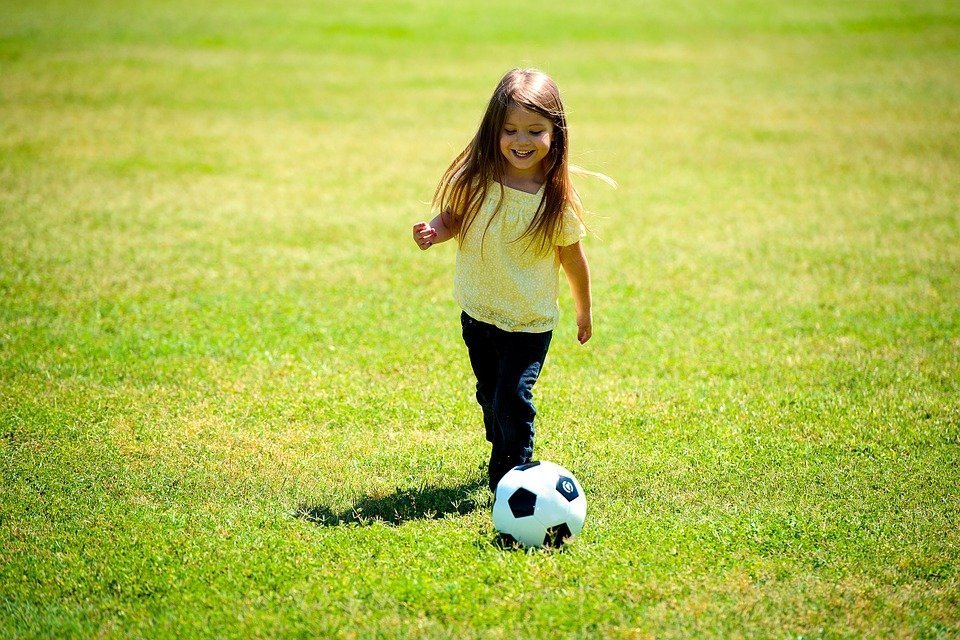
Physical activity and mental health in children
At long last, the warmer weather is just around the corner which means more opportunities for the whole family to get outside and get active. The change in seasons is a great opportunity to take stock of your family’s physical and mental health – an important connection to be mindful of in raising healthy and happy kids.
The risks of an inactive lifestyle for children
Are your children as active as they should be? It’s a question we should ask ourselves often since an inactive lifestyle can have negative effects on children. Obesity is one concern, but mental health is also greatly affected by inactivity. It can lead to depression and anxiety.
A study from the Centre for Disease Control found obesity rates in Canadian children age three to 19 have more than doubled since the 1970s. As of 2013, 13 per cent of Canadian children were obese. This trend is concerning as these kids can experience physical and mental health concerns as a result of their obesity.
Kids aren’t moving enough
Canadian 24-Hour Movement Guidelines for Children and Youth recommend at least an hour of vigorous physical activity each day, along with several hours of light physical activity. Dr. Kim Edwards, a clinical and health psychologist who works in McMaster Children’s Hospital’s Pediatric Chronic Pain program says “the majority of youth are not meeting these recommendations. And we know a contributing factor is screen time,” she says. “Based on studies in Canada, youth between the ages of 8-18 spend on average 6+ hours a day on screens.”
“Youth between the ages of 8 – 18 spend on average 6+ hours a day on screens”
Dr. Edwards sees many patients who have become inactive as a result of their pain, and says they often experience further psychological effects due to that inactivity. Those effects include anxiety, depression, trouble sleeping, and social problems.
Brooke Biggs, a physiotherapist in the program, says physical issues, including muscle weakness, decreased stamina and flexibility, obesity, and low energy often arise as well. Both agree that these concerns can affect all children regardless of the reason for their inactivity.
Slow and steady treatment approach
Brooke recommends a gradual approach for any child struggling with an inactive lifestyle. “We take it slow and steady in our program, and would recommend that for all kids who need to increase their physical activity,” says Brooke. “We don’t tell them to run a marathon. It’s about gradual introduction of exercise and movement, incorporating lots of breaks.”
Brooke and Dr. Edwards say that it’s important to encourage kids to take part in physical activities that are enjoyable and meaningful to them. “We want them to be engaged and committed to their progress so they can stick with it long-term and be active for life,” says Brooke. “And if kids understand the benefits of physical activity and participate in setting meaningful activity goals, we see more buy-in and commitment,” Brooke shares.
“Exercise…is like taking an antidepressant”
Dr. Edwards notes that it can be difficult to start, but says even kids will see the mental health benefits once they are more active. “Exercise has been likened to having the same impact as taking an antidepressant,” she says. “It’s remarkable, youth who are active tend to report less anxiety and depression, display greater confidence, improved thinking skills, and overall, have a better outlook on life.”
Both Dr. Edwards and Brooke assert, “Kids are able to feel good when they engage in exercise.”
What you can do
So where do you start? Time and money are popular fallback excuses but your family doesn’t have to spend endless hours a day exercising or invest in a fancy gym membership. Start small, set realistic goals, and make sure your child enjoys the physical activity you choose.
You can start with simple measures like going for regular walks with the family pet, or get creative and have a dance party in your living room…just get moving! Getting outdoors and immersing yourself in nature has a whole other host of benefits on your family’s mental health. Some other ideas to consider:
- Connect with your child’s school for after-school activities and sports teams
- Explore the trails and hiking routes in your region
- Check out your local YMCA for various programs, open gym and swim times
Dr. Edwards emphasizes the importance of getting your kids physically active and engaged early on in life. “You build health habits as a child which sets the stage for your whole life.” She and Brooke recommend looking at the Canadian 24-Hour Movement Guidelines to guide you and your family on the ideal amount of movement per day.
Dr. Edwards especially challenges parents to look at their own health habits to provide the best example for their kids when it comes to physical activity and mental well-being.
Reducing screen time goes hand in hand with increasing physical activity. Check out our related article on tips for improving your family’s digital health.
